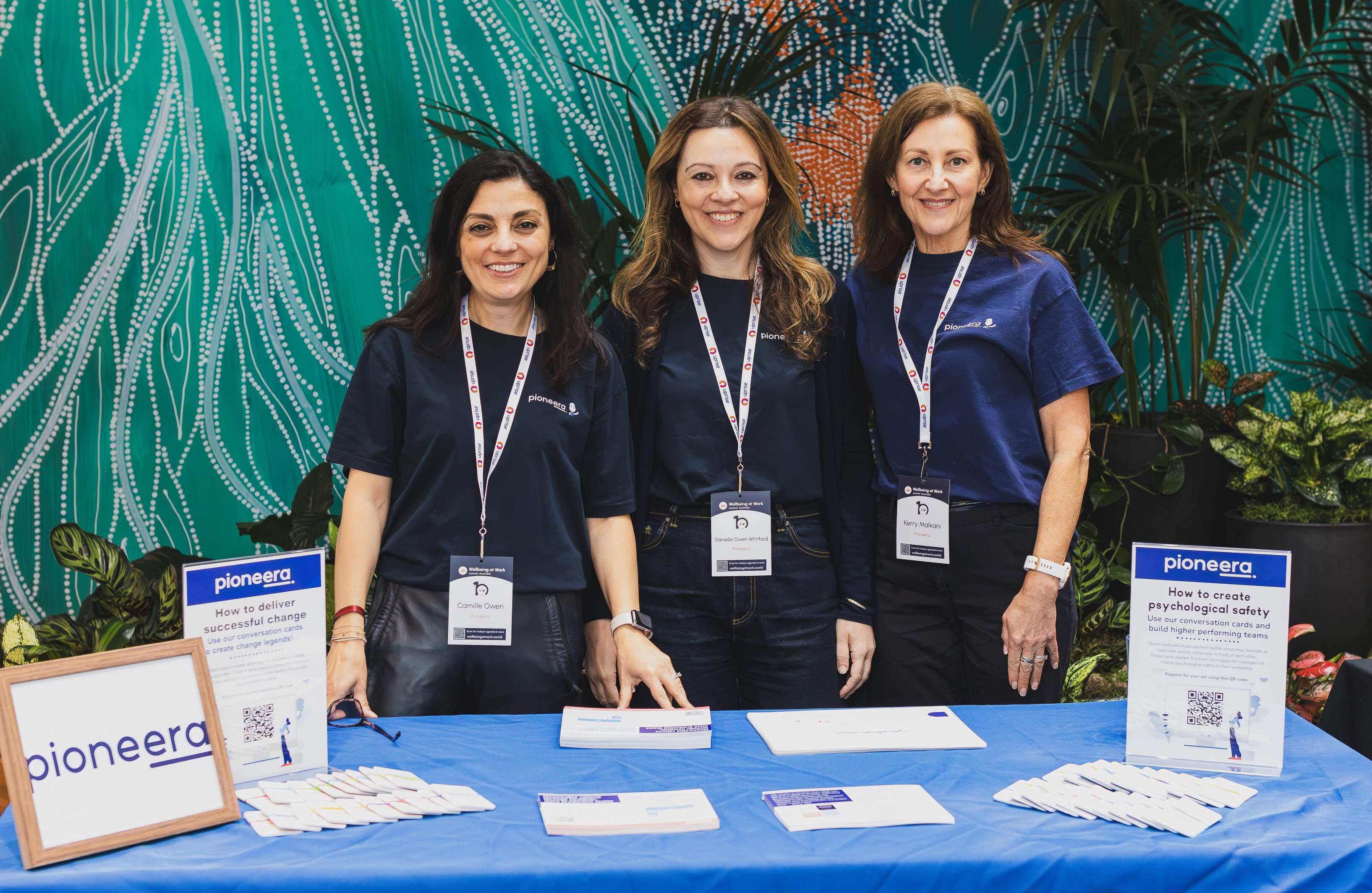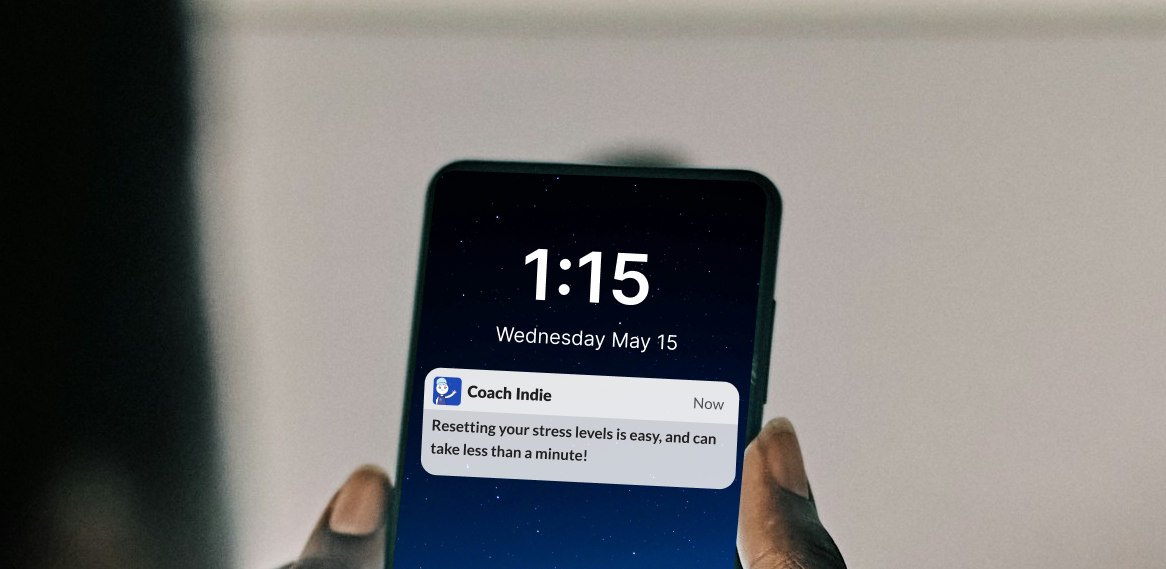Most people struggle to change their behaviours not because they lack willpower, but because they lack the knowledge, tools and support that makes change easier. The good news! There is a way to change it and acheive those resolutions next year!!
Professor BJ Fogg has found (2019) that a behaviour happens when the three elements of “MAP “ come together at the same moment:
-
Motivation is your desire to do the behaviour
-
Ability is your capacity to do the behaviour.
-
Prompt is your cue to do the behaviour
BJ points out that behaviours are like bicycles. They can look different, but the core mechanisms are the same. Wheels. Brakes. Pedals. That being said, each person’s motivation, ability, and prompt will be different in any given situation. This means that just because the building blocks of behaviour are the same doesn’t mean that those behaviours feel the same, look the same, or act the same.
Outsmarting Motivation
The more motivated you are to do a behaviour, the more likely you are to do the behaviour. Your motivation can be influenced by your sense of identity (for example who you are and what you value), the promise of external rewards or threats of punishment (for example a bonus at work), and your context (for example volunteering for a project in front of your manager).
Unfortunately, your motivation is often unreliable. Too often we focus on abstract desires and outcomes (we want to be happier, healthier, wealthier) and the things we feel we “should do.” As a result, our motivation fluctuates (one moment you have it and the next its gone), competes with itself (you want to work and you want to rest), and often leaves you conflicted (you want to cut down on sugar but you want to eat a cupcake).
Your Tiny Habit Recipe
When looking to create a new behaviour, Fogg suggests that we can outsmart the ebbs and flows of motivation by using a Tiny Habit Recipe.
We do this by identifying:
-
An Anchor Moment ⚓︎ - An existing routine you can anchor your new tiny habit on to and use as a cue.
-
A Tiny Behaviour - A new wellbeing habit routine you want to be scaled back to be super small and easy.
-
Celebration - Something you do to create a positive feeling of reward within yourself.
So what might this look like in practice?
Well it’s as simple as following your A, B, Cs!
Anchor: When/after I…
-
Sit up in bed
-
Get dressed
-
Turn on my phone
-
Sit in my car
-
Arrive at work
-
Put my keys on the hook… etc.
Behaviour (examples): I will…
-
Go outside to soak in the natural light.
-
Plug my phone in a different room to charge overnight in order to stop scrolling Facebook in bed.
-
Think of one thing that I’m looking forward to today.
-
Do 3 squats
-
Send a ‘thinking of you’ message to someone I care about.
-
Write down one thing that went well and who helped make it happen.
Celebration: I’ll celebrate by…
-
Clapping my hands.
-
Patting myself on the back.
-
Having my first sip of tea/coffee.
-
Smiling to myself.
-
Placing my hand on my heart.
-
Doing a little victory dance.
-
Ticking it off in my diary.
-
Saying ‘YES!’ or ‘Nailed it!’
What might your Tiny Habit look like? Use the following template to create your own! And make sure you celebrate your tiny actions – this is key to wire your brain to want to do it again. As you gain momentum, you can gradually build upon your efforts. So have fun experimenting!
E.g. After I, sit in my car… I will think of one thing I’m looking forward to today… I’ll celebrate my tiny action by turning on my favourite song.
Tiny Habit cheat sheet:
-
After/when I ______(Anchor)______
-
I will ______(Behaviour)__________
-
I’ll celebrate by_____(Celebration)_____
Achieving tiny habits helps us implement ways of building wellness and preventing burnout. Indie helps you build tiny habits by sending you the tips you need, right when you need it.
Try it today!






